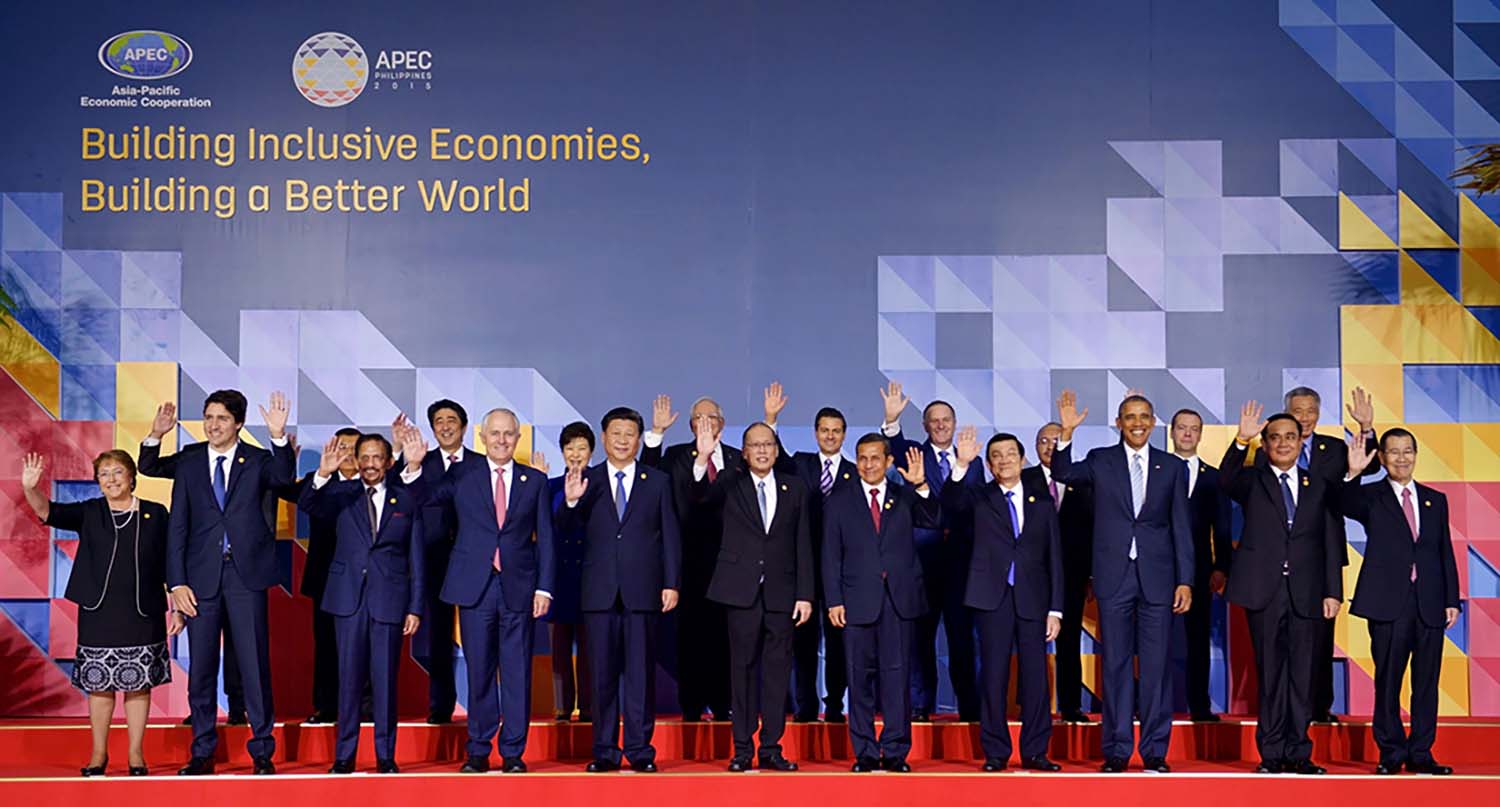Few things are as important for America’s future as an effective international economic policy. The United States urgently needs a comprehensive economic strategy toward the Asia-Pacific, a region that will do more to determine U.S. interests over coming decades than any other.
America is a Pacific power, and our prosperity and security are inextricably linked to Asia’s. The region is home to the world’s three largest economies—the United States, China, and Japan—and 8 of the world’s 15 countries with gross domestic product of over $1 trillion a year. More than 60 percent of Fortune Global 500 companies are headquartered in the Asia-Pacific. But the facts on the ground in Asia are fundamentally changing. By 2030, the region will be home to two-thirds of the world’s middle class. Most of the growth will take place in China and India, which are returning to their traditional positions at the center of Asian economic and political affairs.
By 2030, the Asia-Pacific region will be home to two-thirds of the world’s middle class.
Achieving the United States’ broader political and security goals in Asia depends on sustained economic engagement. Our allies and close partners there want the United States to be deeply engaged in the region, but many question our staying power. They believe that an active U.S. economic role in the region will not only enhance our shared prosperity but also sustain an enduring and mutually beneficial U.S. security role. Asians also see engagement with our leading firms and supplying our consumers as vital to their growth and national security. Most of all, they need U.S. initiative to help shape the region’s economic rules and norms.
With Trade Promotion Authority in hand, the next task is to ratify the Trans-Pacific Partnership (TPP), a comprehensive trade agreement that will deepen integration among 12 economies across the Pacific and boost U.S. exports and growth. Success of the TPP and continued growth at home will show that the United States can still be the kind of economic leader that others want to follow.
Then what? The immediate question will be how to take the TPP forward. Several other Asian partners—South Korea, the Philippines, and Taiwan—have expressed keen interest in joining the TPP. Developing creative new approaches for engaging other key economies—including China, Indonesia, and India, three of the world’s largest countries—in bilateral and multilateral arrangements over time is critical. Much of this work will fall to the next administration that will take office in January 2017.

Photo credit: Flickr | www.flickr.com/photos/presidenciamx/
More broadly, the next U.S. administration will need to articulate a comprehensive economic strategy for the Asia-Pacific region, covering not only trade and investment but also finance, development, energy, and all other dimensions of U.S. economic engagement. The new vision must encompass all of Asia’s major economies and recognize the fundamental linkage to U.S. geopolitical strategy in the region.
The overarching goal of the new strategy should be to advance U.S. prosperity and security by promoting an open and fair trans-Pacific economic order, built on rule of law, market-based competition, and sustainability. This will help reinforce existing U.S. advantages as a leader in innovation and entrepreneurship, promote the interests of all Americans through enhanced economic opportunities, and embed us in a region of 8 billion future consumers, innovators, and entrepreneurs.

Central to our strategy must be establishing a productive and realistic relationship with China. Today, Beijing is asserting its regional interests in a way unprecedented in the modern era, from building islands in the South China Sea to pursuing a vigorous economic diplomacy under the “One Belt, One Road” strategy. We must seek a shared vision of peace and prosperity with China, challenge Beijing when it strays from international norms, and sharpen our will to compete economically. We also must understand the perspective of other nations in the region, from treaty allies to India to the Association of Southeast Asian Nations (ASEAN) and Pacific Island economies, and partner with them to promote prosperity.
Central to our strategy must be establishing a productive & realistic relationship with China.
To carry out the strategy, adequate resources—funding, policymaking attention, and political capital—will need to be mobilized. This in turn means our political leaders need to be willing to talk more to the American people about Asia, our position as a Pacific power, and the fundamental role the region plays in all of our lives economically and politically.
Asia’s impressive economic rise and overall political stability have enabled Washington policymakers to take the region for granted, as we have been busy coping with crises in Europe, the Middle East, and elsewhere. Our long-term economic and security stakes in the Asia-Pacific demand that this critical region capture more “space of mind” among policymakers and the American people alike.


